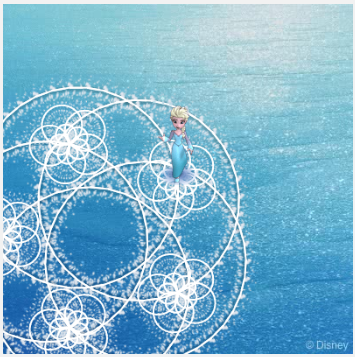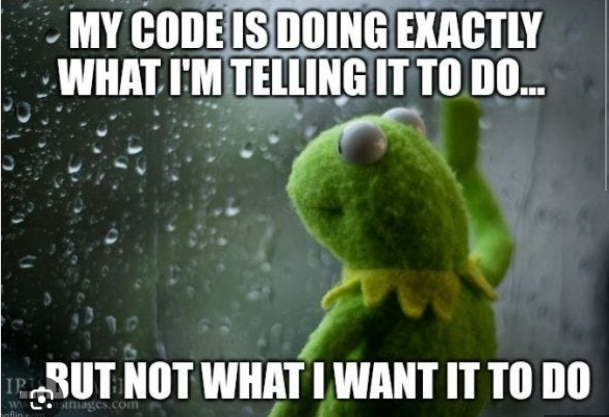Coding is Cool!

In our latest Technology and Innovation class, we learned how to do some simple coding through a couple of games. This taught us how to learn simple coding as well as how effective educational games could be for children… and adults too!
How can Gaming be Helpful?
For students, their brains are so busy learning that they can often feel overwhelmed by the material and content covered in class, not to mention the readings and homework they have outside of class. What if we were able to make homework as easy as playing an online game? To do this, we would need to develop games that have specific purposes with the intention of teaching a topic or unit. Take this Code with Anna and Elsa Game:

With the fun features of colour, seeing your work develop before your eyes, and a relatively interesting character, the student (being me, in this case) was able to learn some coding techniques while playing a game! When learning is fun and engaging, students rarely feel stressed or overwhelmed by the information. This is the design I was able to code by the end of the game/lesson!

The coding to achieve the white flower-like design of the snowflake was fairly simple. It only used a handful of steps to be effective and allowed me to feel capable of coding more complex information. Below is the simple code used to make the design from the Code with Anna and Elsa Game.

Computational Thinking
Another aspect of the class on Friday was learning about computational thinking: that is, carefully thinking every step through in an algorithmic style. We watched the YouTube video below to help comprehend the way computational thinking manifests.
After watching the video above, I discovered how integral task breakdown is for some learners and that there are steps that we think are intuitive simply because we have already learned them. I would think it would be intuitive to use the flat edge of a knife when scooping out peanut butter from a peanut butter jar, but as the video shows, task breakdown needs to be so specific in the instructions for them to be clear. Even then, barriers still exist like language, disabilities, learning challenges, reading levels and comprehension, and attention to detail or time constraints. Computational thinking can help learners become better problem solving because it forces the brain to look at a situation from a systematic perspective, sort of like a computer. It allows you to think about the task in a new way and consider which part of the steps could be failing or need to be adjusted.

Coding my Own Game
I will certainly need more practice and time to take this skill further to make use of it in my future grade 6 classroom. I expect I could make studying for upcoming tests more interactive and enjoyable for the students if I can use games to promote learning!
Here is the game I started coding:

Although it has yet to be finished, it involves the player helping the mother bear, Bearnard, in her quest to find her cubs! For students, the game could factor in an educational aspect, like having to solve an equation before the cub reveals it’s location, or having to answer a multiple choice question for social studies or science. There are so many possibilities when you have an abundance of creative freedom.